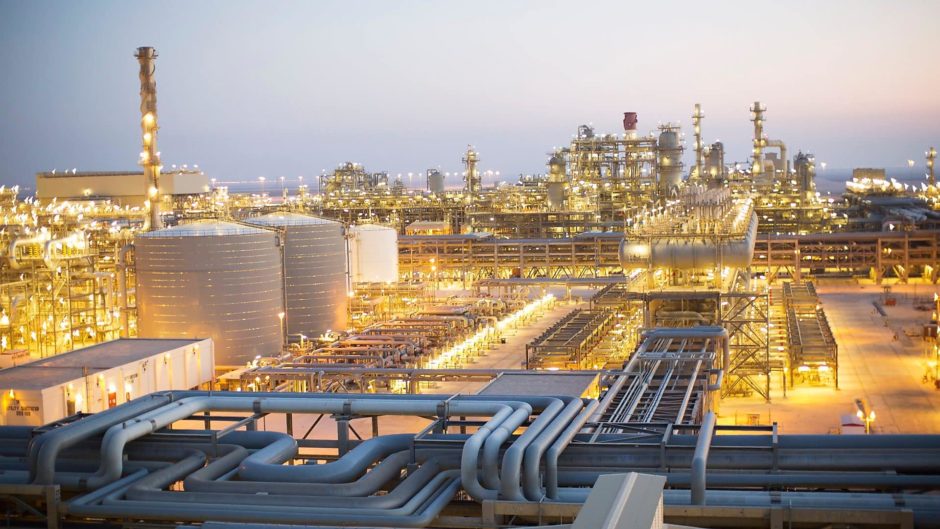
Qatar Petroleum (QP) and Shell have agreed to a joint venture focused on global LNG bunkering. The company’s respective Wave LNG Solutions and Shell Gas & Power Developments are backing the new plan.
“We see LNG bunkering as a promising solution for the shipping industry in light of a continuously evolving regulatory environment, and as an important opportunity to enhance LNG’s position as a clean energy source, particularly in maritime transportation,” said Saad Sherida Al-Kaabi, who is the Qatari Minister of State for Energy Affairs and also the president and CEO of QP.
The unit will secure LNG supplies, set up bunkering infrastructure in strategic spots around the world and sell it to customers. Shell and QP signed a framework agreement on LNG bunkering in June 2017.
Demand for LNG supplies to the maritime sector is expected to rise. Al-Kaabi said this might account for 35 million tonnes per year by 2035. This is more than three times Spain’s consumption in 2018. The International Energy Agency (IEA) has forecast marine consumption of LNG may reach 37mn tpy in 2040, while DNV has forecast 85mn tpy by 2050.
In 2017, Al-Kaabi said LNG demand for bunkering could reach 50mn tpy by 2030.
QP’s head said that in order to achieve this target, it would require “focused investments and collaboration among all industry players … In addition, the right partnership model, similar to the one we are establishing today with our partner, Shell, will also be pivotal in maturing this business.”
Shell and QP have worked together for some time, including on the Pearl gas-to-liquids (GTL) project and Qatargas 4. QP is in the process of expanding its liquefaction facilities, from the current level of 77mn tpy to 110mn tpy, due to be achieved by 2024. The company is likely to bring in heavyweight support for this construction programme. QP announced an invitation to tender on September 14 for expansion projects in Ras Laffan, as part of the North Field expansion.
Helping drive the shift into marine LNG consumption are rules from the International Maritime Organisation (IMO), which will come into force in 2020. These require sulphur emissions from shipping to be reduced below 0.5%, effectively ruling out the use of high-sulphur fuel oil (HSFO), absent the installation of scrubbers.
